Neck and back pain are common complaints—especially for those who spend long hours sitting at a desk, working on a computer, or doing repetitive tasks. Fortunately, you can reduce discomfort and improve your quality of life by making a few simple lifestyle changes.
If you’re looking for ways to reduce neck and back pain naturally, here are 10 practical, effective tips to help you feel and function better.
1. Maintain Proper Posture Throughout the Day
Poor posture is one of the leading causes of neck and back discomfort. Whether you’re working at a desk or scrolling on your phone, posture matters.
-
Keep your computer monitor at eye level
-
Sit with your back supported and feet flat on the floor
-
Avoid slouching or hunching over
Investing in ergonomic furniture can make a big difference here—more on that below.
2. Take Breaks to Move and Stretch
Sitting still for long hours stiffens your muscles and reduces circulation.
✅ Tip: Set a timer every 45–60 minutes to stand, walk, or stretch for 2–5 minutes.
Movement is medicine. Frequent short breaks throughout your workday can significantly reduce neck and back pain

3. Stretch Daily to Stay Flexible
Gentle daily stretching can relieve muscle tension and improve mobility in your neck, shoulders, and lower back.
Try:
-
Neck rolls
-
Shoulder shrugs
-
Spinal twists
-
Cat-cow yoga poses
Practices like yoga and Pilates not only stretch your muscles but also strengthen your core and improve your posture.

4. Use Ergonomic Furniture and Accessories
If you're working long hours at a desk, investing in ergonomic support is key.
Look for:
-
A supportive office chair with lumbar support
-
A standing desk or adjustable monitor
-
Ergonomic keyboards and mouse pads
-
A laptop stand to raise your screen
These upgrades reduce strain and help your body maintain proper alignment.

I
5. Stay Active and Keep Your Core Strong
Your muscles are your spine’s natural support system. When they’re weak, your back takes the hit.
Incorporate:
-
Aerobic exercise (like walking or cycling)
-
Strength training (focus on core, glutes, and legs)
-
Stretching (at least 10 minutes daily)
Keeping your muscles strong helps stabilize your spine and reduce back strain.

6. Maintain a Healthy Weight
Extra weight—especially around the belly—adds pressure to your spine, contributing to back and neck discomfort.
A balanced diet and regular activity can:
-
Reduce inflammation
-
Relieve pressure on your joints
-
Improve your energy and posture
Even small weight changes can make a big difference for your back health

7. Rest and Recover With Purpose
Don’t ignore pain signals. Give your body the rest it needs—but not too much.
-
Get 7–9 hours of quality sleep
-
Use a supportive pillow and mattress
-
Take breaks from physical strain or screen time
-
Avoid total inactivity (which can make pain worse)
Recovery is just as important as movement when it comes to healing.

8. Eat Anti-Inflammatory Foods
Your diet directly impacts how your body handles inflammation and pain.
Avoid:
-
Processed foods
-
Sugary drinks
-
Refined carbs
Instead, choose foods that naturally fight inflammation:
-
Leafy greens
-
Berries
-
Fatty fish like salmon
-
Olive oil
-
Turmeric and ginger
Staying hydrated is just as important. Drink plenty of water throughout the day to keep your tissues flexible and reduce stiffness.
9. Seek Professional Guidance
If you’ve tried these tips and still experience chronic pain, consult with a:
-
Physical therapist
-
Chiropractor
-
Orthopedic specialist
-
Registered dietitian
They can tailor a treatment plan to your body and help rule out more serious conditions.
10. Use Back and Neck Support Devices
Support tools can provide additional relief, especially during long hours at work or physical activity.
Examples include:
-
Posture correctors to align your spine
-
Lumbar cushions for seated support
-
Inflatable neck traction devices to relieve tension and decompress the spine


Common Causes and Risk Factors for Back Pain
Understanding what contributes to your discomfort is the first step to preventing it.
Risk factors include:
-
Age (especially over 30)
-
Lack of physical fitness
-
Obesity
-
Poor posture and work ergonomics
-
High-stress levels
Consider using some type of protection when doing heavy-duty work or exercise. Posture Correctors that keep your whole spine in place.

Final Thoughts: Listen to Your Body
Improving posture, staying active, eating well, and using proper support can significantly reduce neck and back pain. But most importantly, listen to your body—pain is a signal, not a nuisance.
Take small steps every day, and you'll be on the path to a stronger, pain-free body


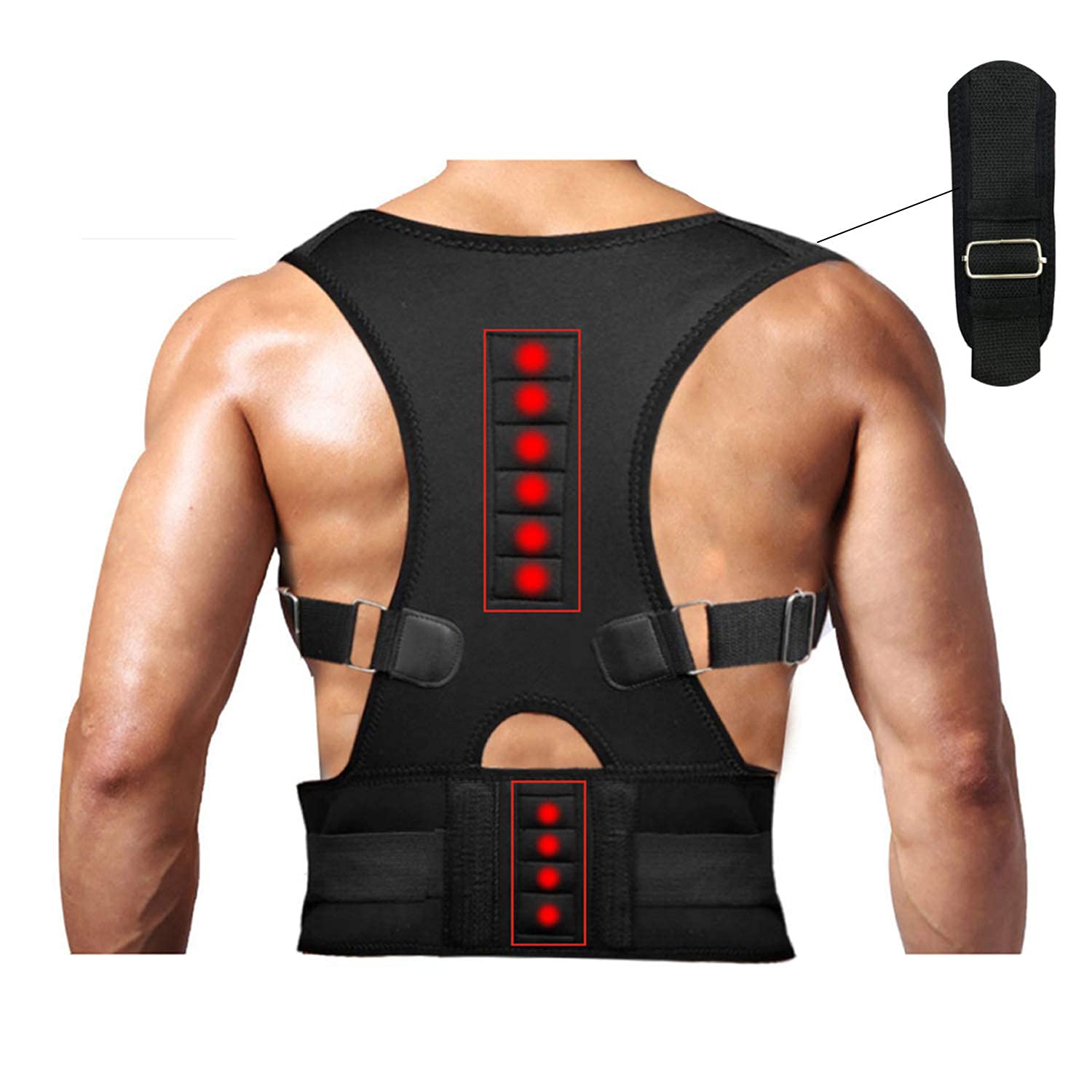
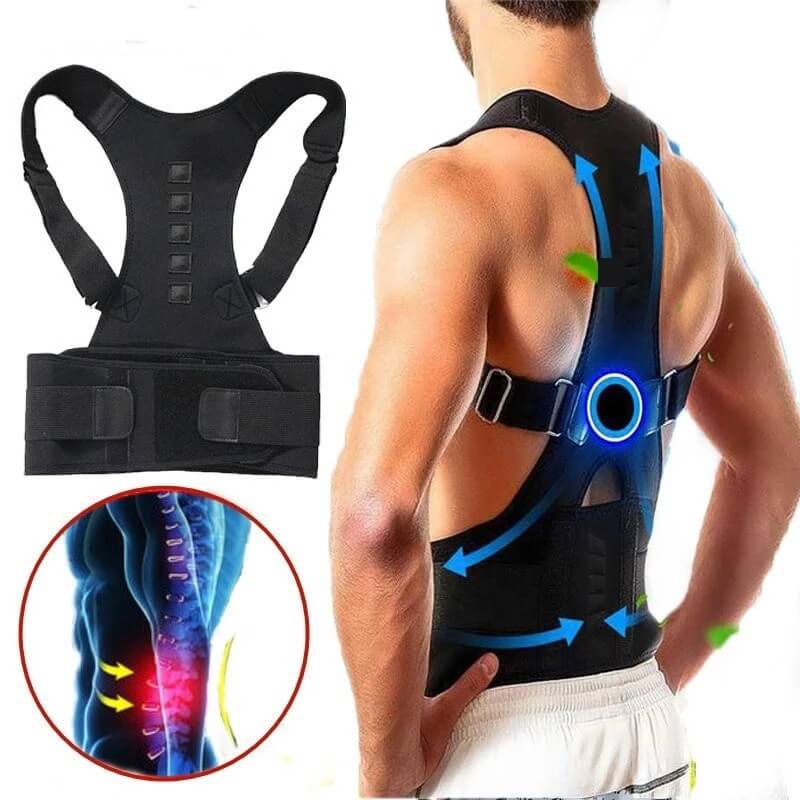

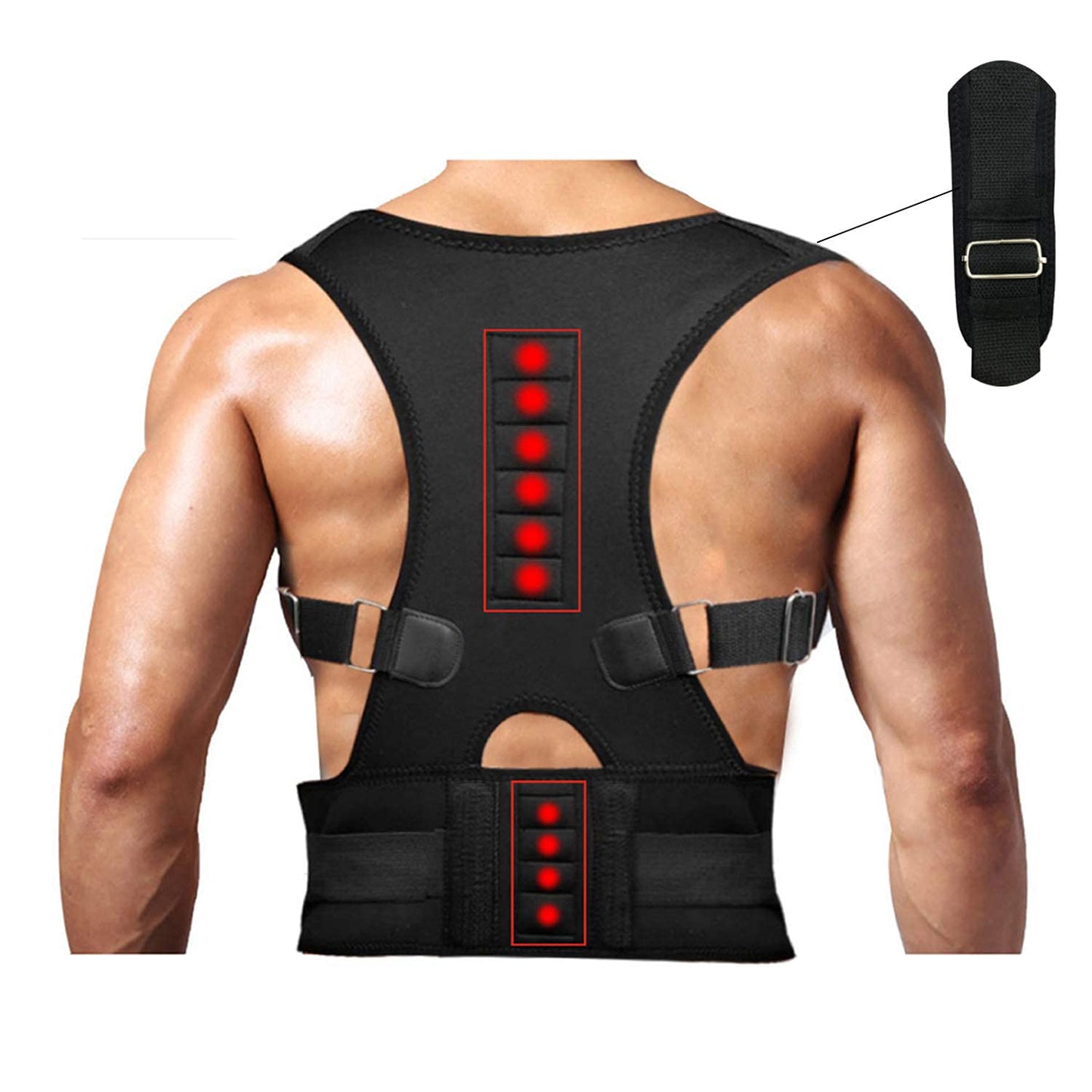
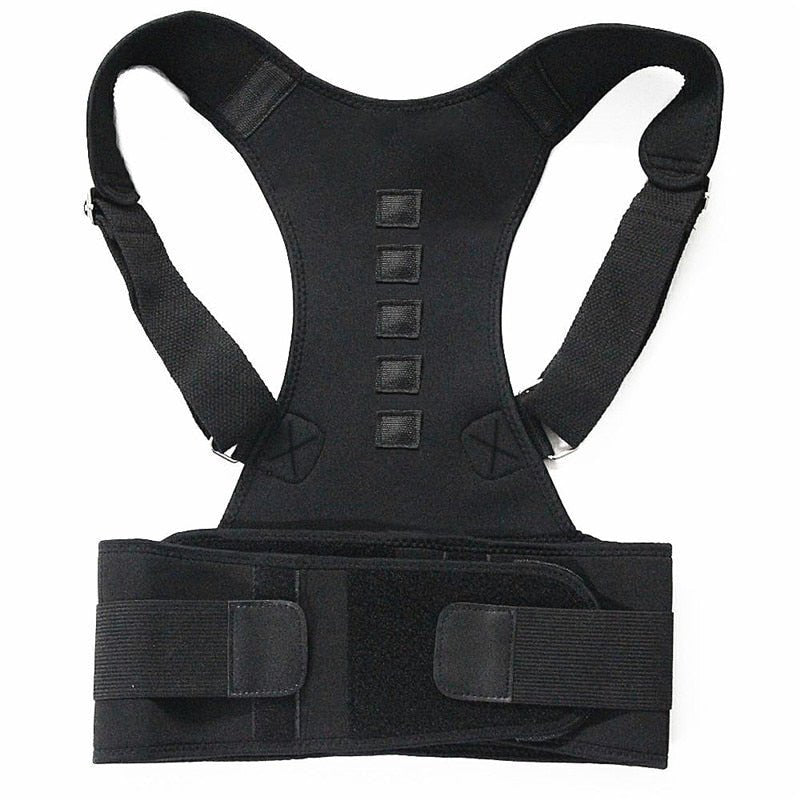
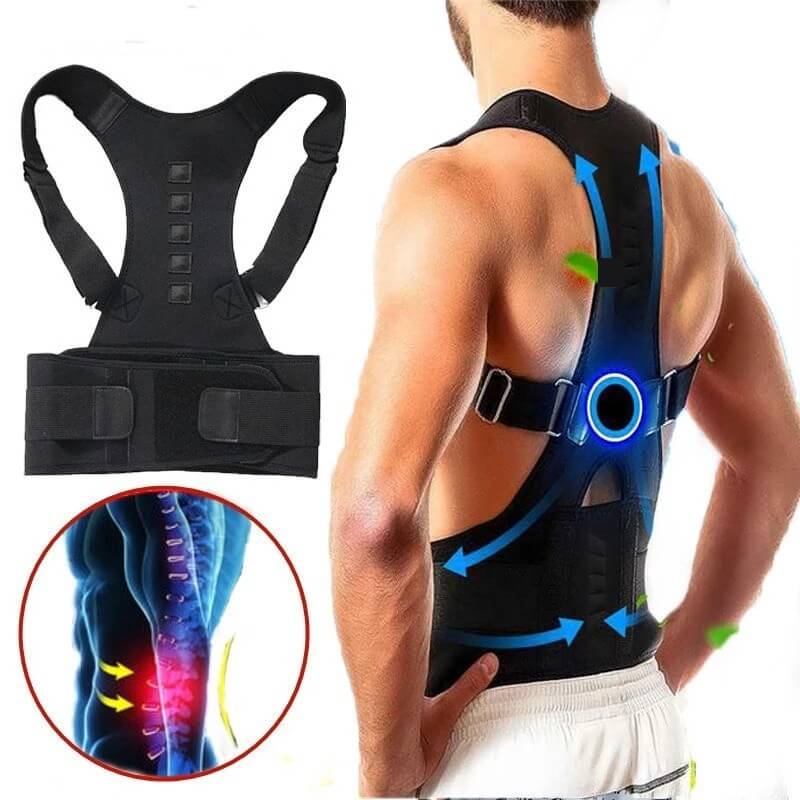

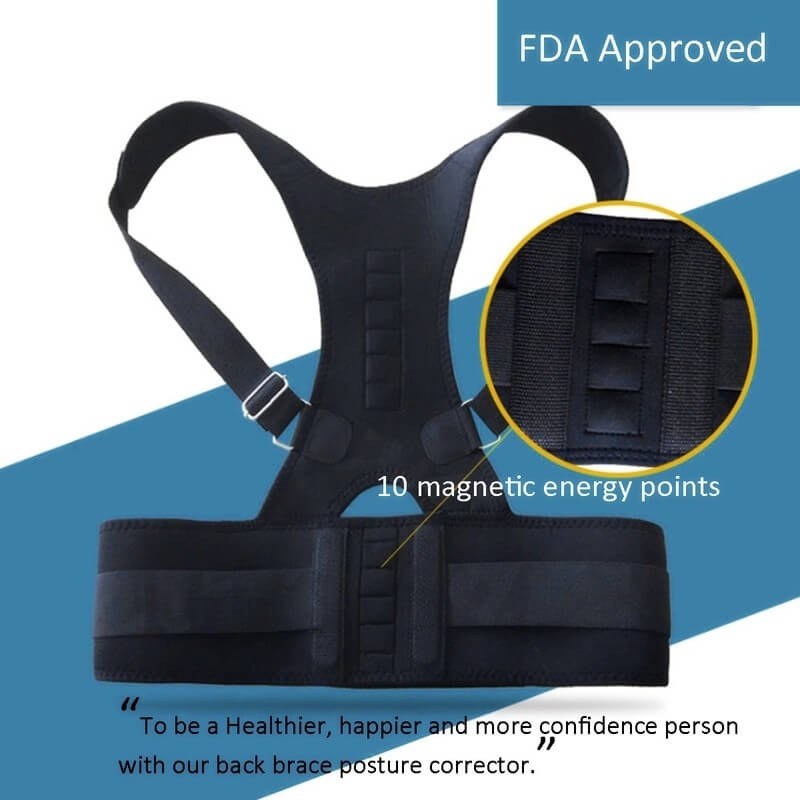
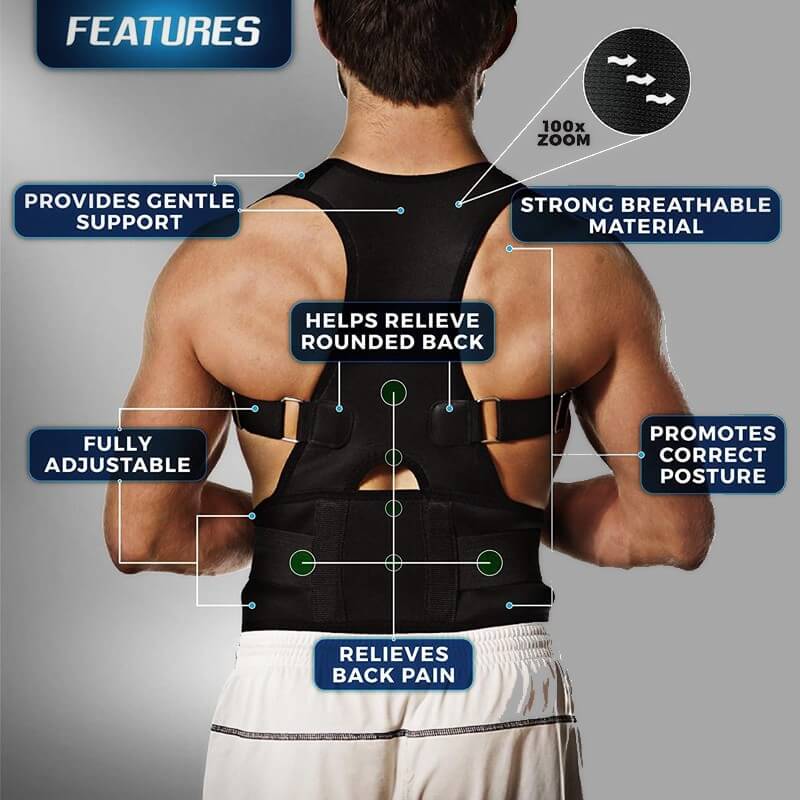


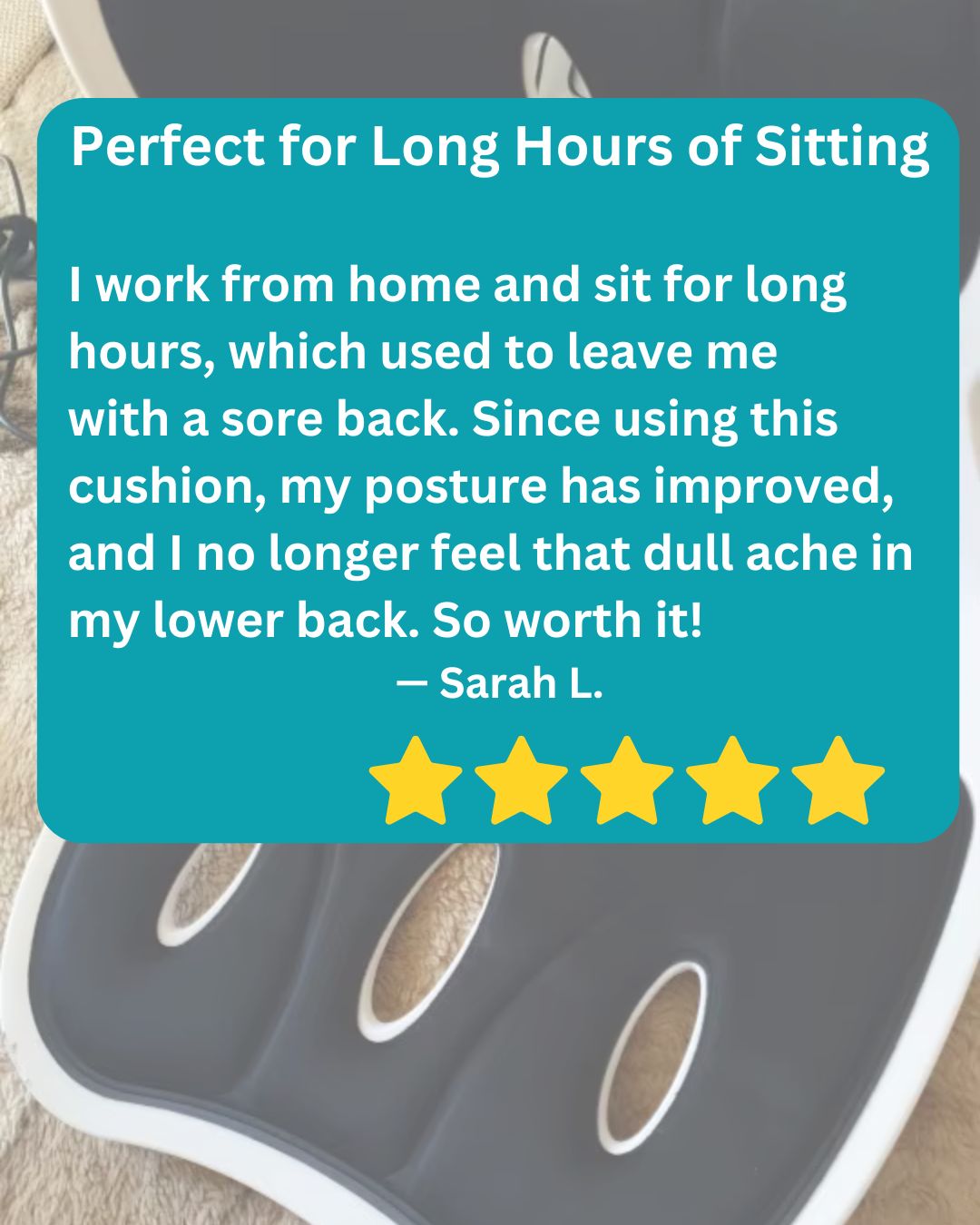
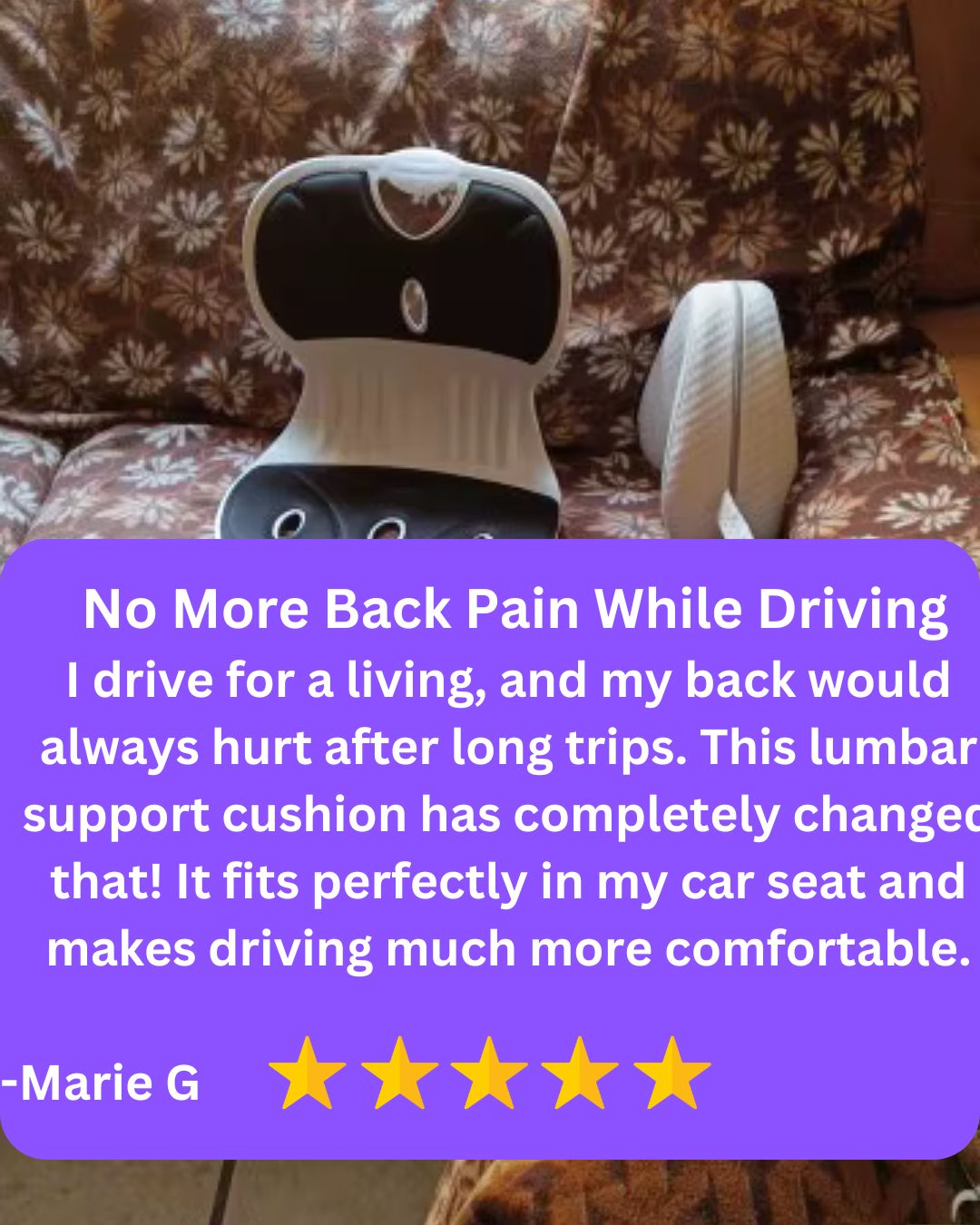
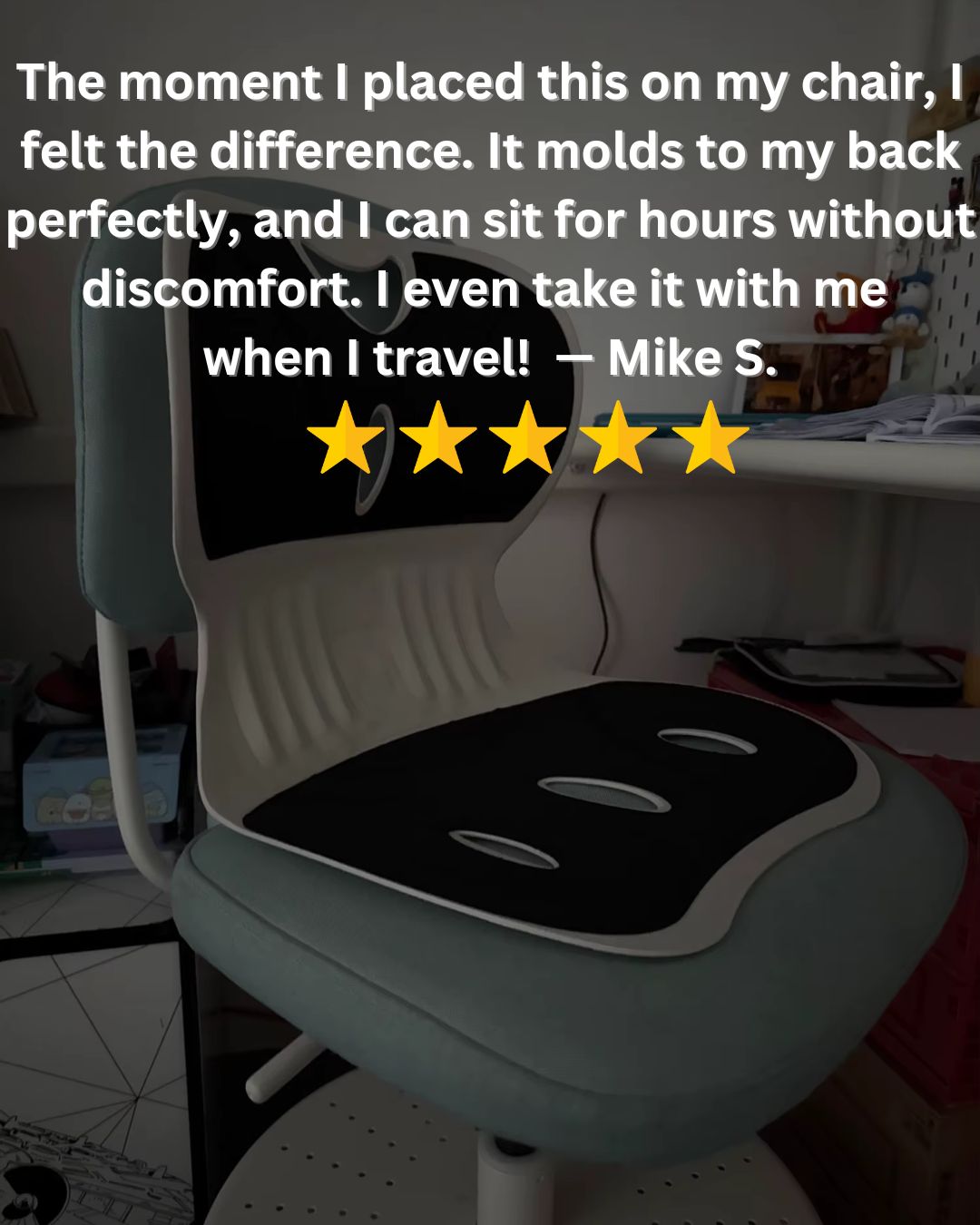
4 comments
vDLJFwtRflBo
bpnzvAJIHZC
cxogIWQYOGJSeNzi
gdWfCrjqDJFHYX